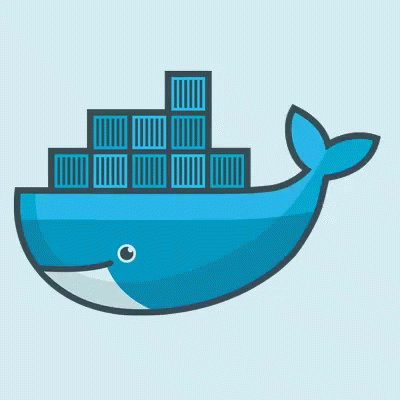Module: Virtualization
Competency: is able to use Docker to containerize applications
Duration: 5 days
Participant(s): solo
Output: comment on issue
Wouldn't it be nice if you could just port applications and services from one device to another without facing the dreaded "but it worked on my machine"? That's one of the need Docker is trying to meet, with the promise of simple portability through isolation of processes.
This challenge will have you explore both the docker (CLI and Dockerfiles) and docker-compose command. The challenge is going to be divided into two sections, one where you'll explore the tool and another where you'll apply what you've learned in a practical example.
Follow the instructions below to get started on the first part:
- Install
dockeron your machine, then follow a tutorial (requires an account). Make sure you understand the CLI usage as well as how to create your own images with Dockerfiles. - Install
docker-composeon your machine, then follow a tutorial. - Practice by containerizing websites, applications and services you already deployed in the past like the COGIP or a git server. You can also deploy new ones, for example coming from this list. Do this until you feel confortable with both
dockeranddocker-compose.
Often times you will have to deploy multiples websites on the same server. Using containers makes that process easy and allows for high availability. Your mission will be to deploy both a Wordpress and a Drupal website using the following architecture:
- a mysql database containing a tables for both websites
- a wordpress container
- a drupal container
- a reverse proxy container
Follow the instructions below to guide you along.
- Check how to install
WordpressandDrupallocally and understand how it works - Try to run both website individually in
docker containerswith volume mapping and port redirection. Try to access it on your localhost to ensure that everything is working - Once you understand how it works individually, try to make a
docker-composefile allowing to deploy the full stack. The following services are expected:Wordpress,Drupal, adatabaseand awebserver. - Configure your
webserverto act as areverse proxy. You should be able to access both websites from different URLs in your local environment (subdomain or subfolder) - When you are done, comment on the issue linked to this challenge on your training's repository.
NOTE: A good "rule of thumb" when it comes to containerization is that each process should live in its own container. As an example, an
Apache+PHP+MySQLwebsite should have at least two (depends if you consider PHP has its own service) or even three containers (one for each services) talking to each other for the required data to work.
- Tuto: Create your own image
- Doc: Docker Compose documentation
- Doc: Docker documentation
- Doc: Wordpress documentation
- Doc: Drupal documentation
- Doc: Nginx reserse proxy
- Webpage: Apache reverse proxy
- Article: Linux host file
- Article: Windows host file
Although the technology behind docker are much older (ex: cgroups, namespaces), it was the first tool to gain such widespread use and democratize containerization within the tech industry and although alternatives exist (podman, Systemd-Nspawn, ...) it still dominates when it comes to application containers.
